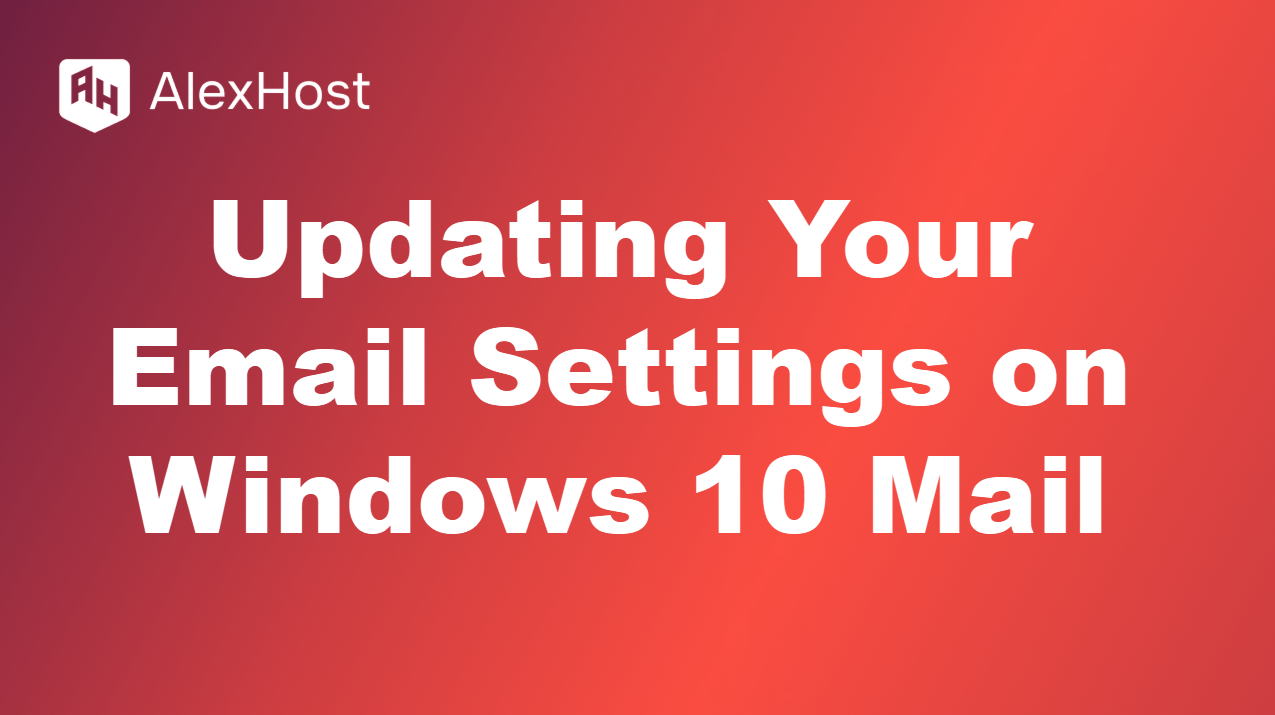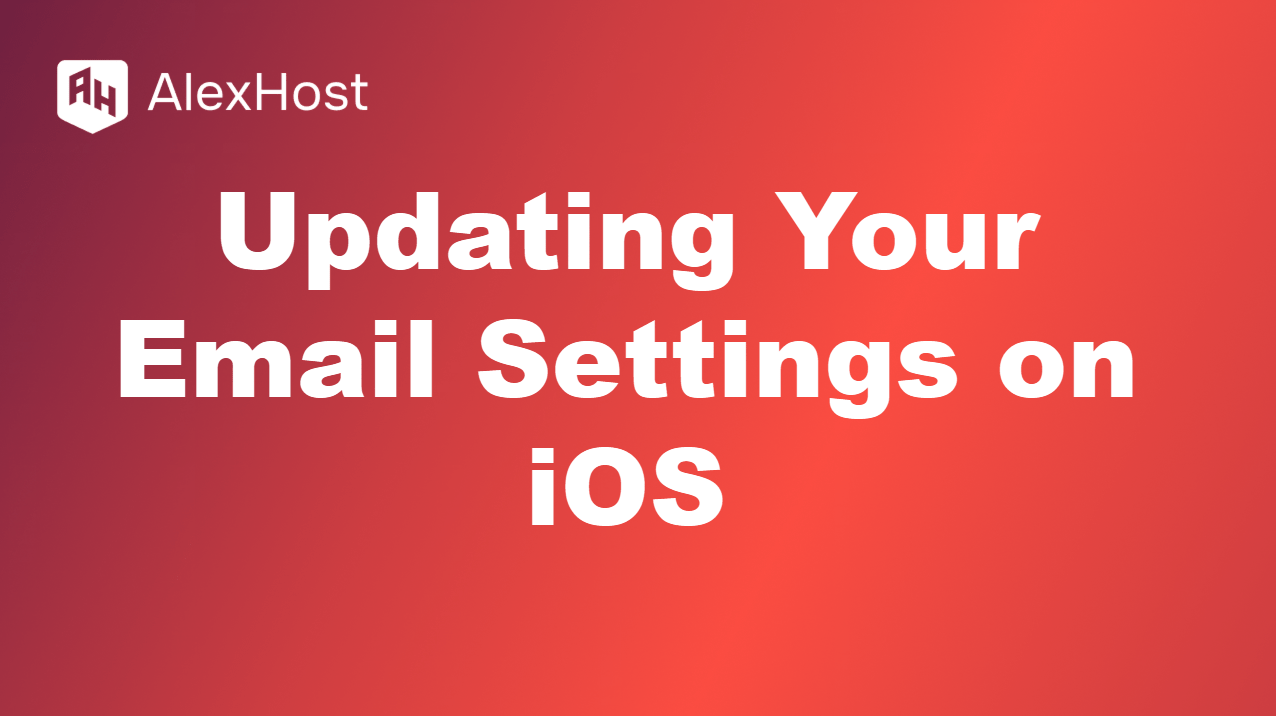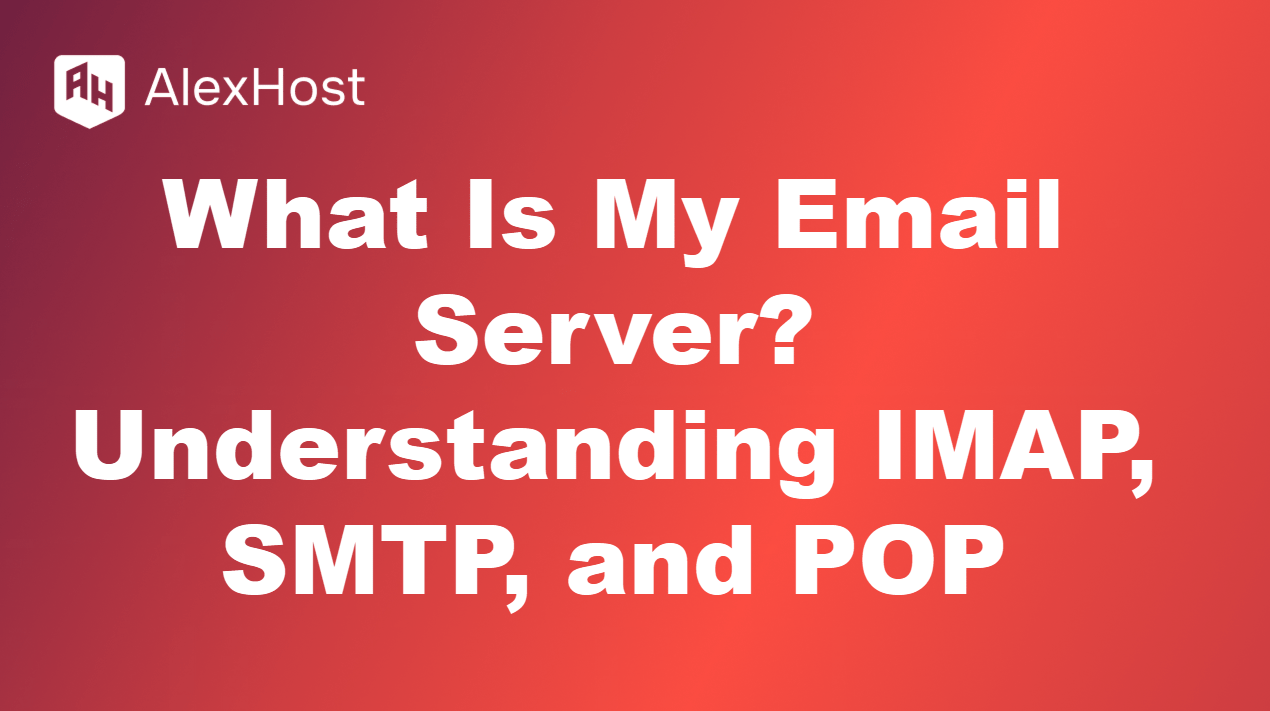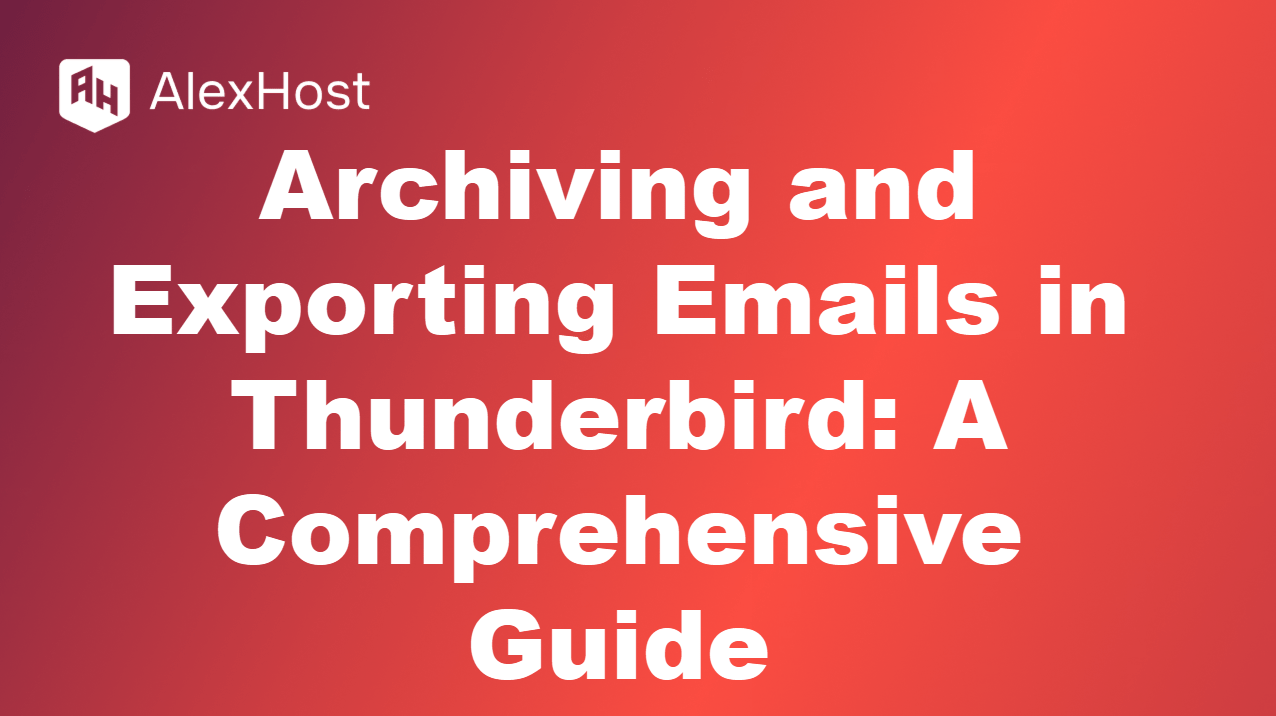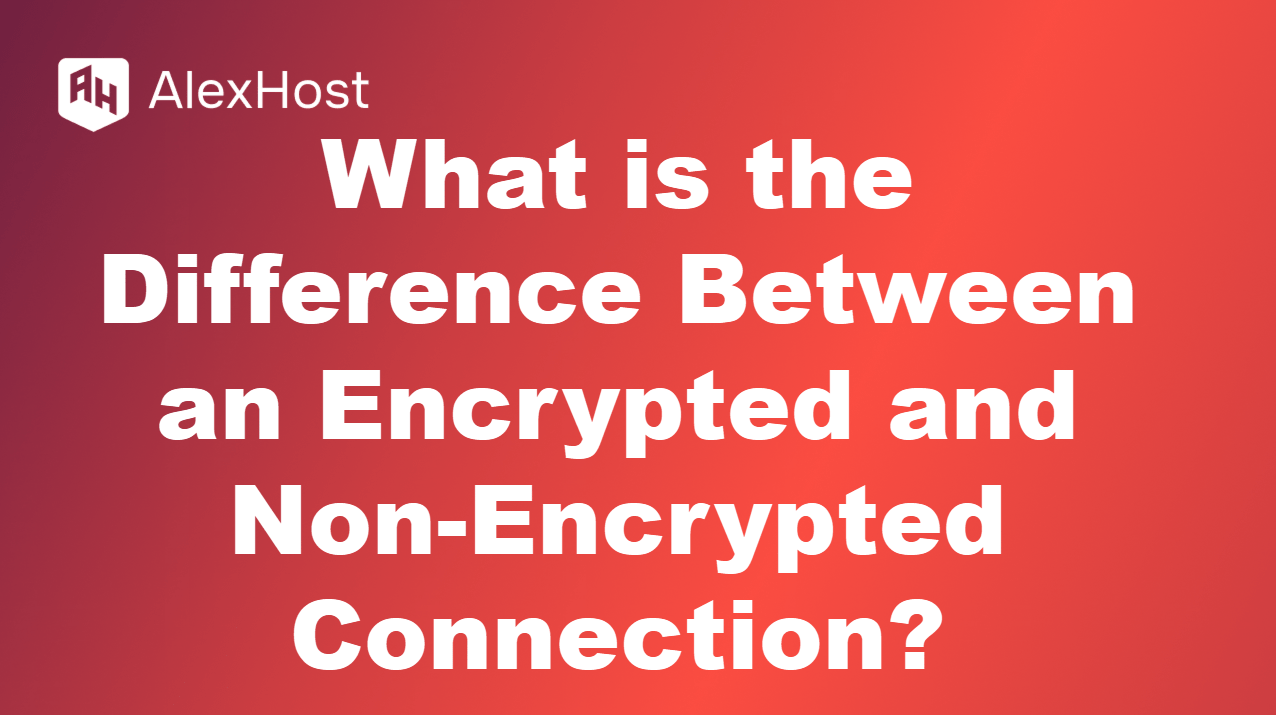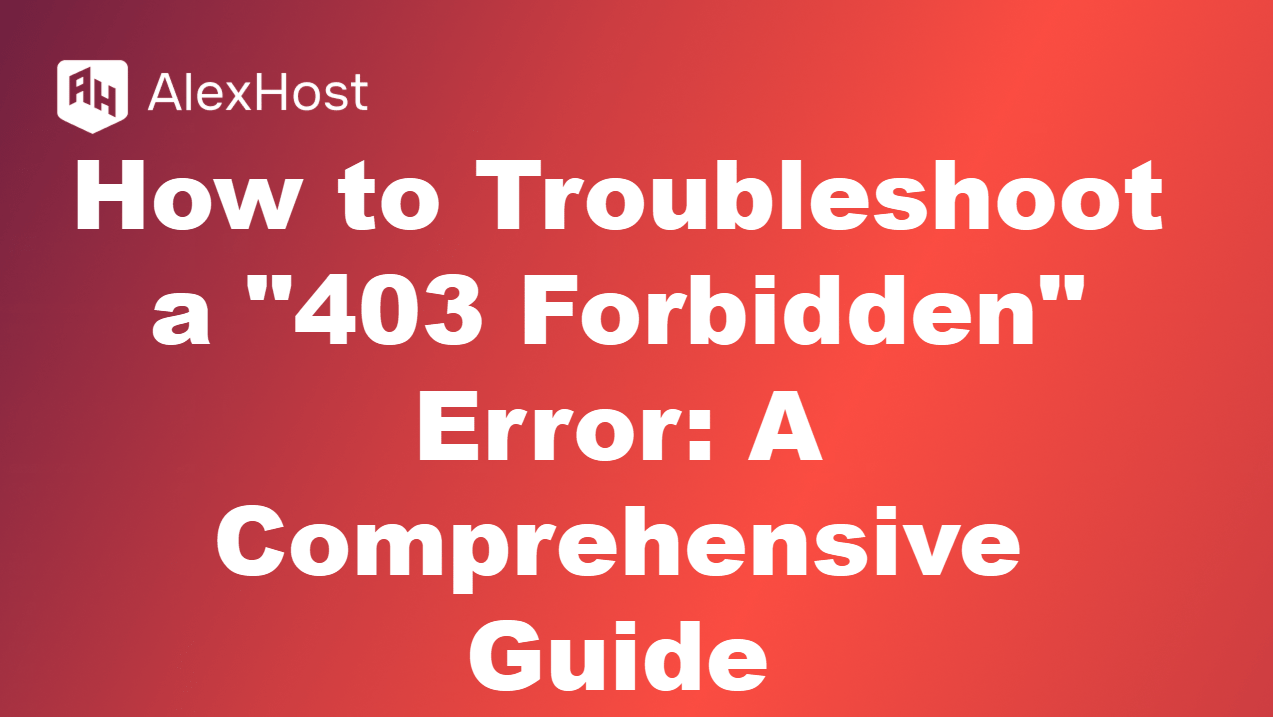Keeping your email settings up to date in Windows 10 Mail ensures seamless communication and secure access to your emails. Whether you need to update your password, adjust server settings, or tweak sync preferences, the built-in Mail app for Windows 10 makes it easy to manage your email configurations. This guide will walk you through […]
Keeping your email settings up to date on your iPhone or iPad ensures that your email accounts function smoothly and securely. Whether you need to change your password, update server settings, or adjust sync preferences, the built-in Mail app on iOS makes it easy to manage your email configurations. This guide will walk you through […]
Managing your emails efficiently requires a reliable hosting solution, and AlexHost’s Email Hosting Services provide the perfect foundation. With robust security, fast performance, and full support for IMAP/SMTP configurations, AlexHost ensures seamless integration with email clients like Spark. Whether for personal use or team collaboration, AlexHost empowers you to stay organized and connected effortlessly. Spark […]
When setting up an email account, you may encounter terms like IMAP, SMTP, and POP. These protocols are crucial for the smooth sending and receiving of emails, but it can be confusing to figure out which one to use or what they do. This guide will explain the differences between these protocols and how to […]
Managing and safeguarding your emails is effortless when hosted on a reliable platform. AlexHost’s VPS Hosting provides the ideal environment for running email clients like Mozilla Thunderbird, offering robust performance, secure storage, and seamless access to your data. Whether you’re archiving important emails or exporting data for backups, AlexHost ensures your email operations remain smooth […]
Sync Email on AlexHost: Guide for Gmail, Outlook, Apple Mail, Thunderbird Why manage email on AlexHost? Email is vital for communication, and syncing it with apps ensures seamless access. AlexHost’s NVMe-powered VPS, with secure mail servers and root access, supports fast, reliable email hosting for custom domains or providers like Gmail. This guide covers adding […]
In today’s digital world, security is a top concern for anyone transmitting data over the internet. Whether you’re shopping online, sending emails, or accessing dedicated server, understanding the difference between an encrypted and non-encrypted connection is crucial for protecting sensitive information from unauthorized access. But what exactly distinguishes these two types of connections, and why […]
View Files Like a Linux Pro on AlexHost VPS Why master file viewing on Linux? On an AlexHost Linux VPS, you’ve got root access and a rock-solid setup to manage files like a ninja. Whether you’re eyeballing configs, skimming logs, or debugging apps, Linux’s command-line tools make it snappy. Each tool—cat, less, more, head, tail—has […]
Systemctl is a powerful command-line tool used in many Linux distributions to control the systemd system and service manager. It is a critical component for managing services, checking their status, enabling or disabling them at startup, and managing system states like rebooting or shutting down. This article provides an in-depth overview of systemctl, its functionality, […]
Fix 403 Forbidden Errors: Unlock Your Site Fast What’s a 403 Forbidden error? That dreaded “403 Forbidden” message means the server knows your request but says “nope”—you lack permission to access the page or file. It’s not a missing page (that’s 404); it’s a gatekeeper issue, like locked doors on your AlexHost-hosted site. Common on […]








